You love your hardwood floors for the warmth and character they bring to your home. But cleaning them can be a real problem. "For an effortless daily cleaning, I want to use a robot vacuum cleaner, but can I really trust a robot vacuum with my precious floors?"
The answer is a confident yes. As long as you choose the right one. This guide will answer your questions about the culprits that can harm your floors, the features that guarantee safety, and how to pick the right one for your home.

Are Robot Vacuums a Safe Choice for Your Hardwood Floors?
Yes, modern robot vacuums are designed to be very safe for hardwood floors, as long as they have the right features. The safety of a robot vacuum depends on how it handles the two biggest risks to wood: moisture from mopping and physical scratches.
Let's first address moisture, which is the main concern for most owners. You've likely heard that water is wood's worst enemy. Traditional mopping often leaves puddles that can seep between planks, causing swelling and long-term damage. That's why flooring experts advise against using excess liquid during cleaning.
This is where a high-quality robot mop is completely different. It was made specifically to solve this problem. Unlike a soaking wet mop, it uses smart technology to apply a very fine, controlled amount of water that cleans effectively and dries almost instantly. This careful approach is important for all wood types:
- Solid Hardwood: As a single piece of timber, it's more sensitive to moisture.
- Engineered Hardwood: While its layered core offers more stability, you still need to be careful with water.
- Sealed vs. Unsealed Floors: Most modern floors have a protective polyurethane coat. But if you have older floors with an oil or wax finish, or visible gaps between the planks, you need an even gentler approach.
Beyond water damage, the other main concern is scratching.
Do Robot Vacuums Scratch Floors?
Modern robot vacuums and mops are made to clean gently but thoroughly. But for older models, scratches can usually happen if:
- Brush roll is stiff: Stiff, aggressive brushes can be too harsh for the delicate finish on a wooden floor. Over time, they can create a web of tiny scratches that makes the surface look dull. For wood, you need a brush that's tough on dirt but soft on your floors.
- Hard wheels trap grit: If a robot vacuum's wheels are made of hard plastic, they can pick up small bits of debris like sand. As the vacuum navigates, that trapped grit gets dragged across your floor, leaving fine scratches behind.
- Navigation is clumsy: A robot vacuum that constantly bumps into furniture, walls, and baseboards isn't just an annoyance; it's a hazard. While this may not cause fine scratches, these repeated impacts can cause ugly scuffs and dents on both your baseboards and the edges of your flooring. Good navigation is vital for protecting your home.
If you want to clean wood floors with a robot vacuum without causing damage, choose one specifically designed to avoid these issues.

How to Choose the Best Robot Vacuum For Hardwood Floors
A safe-for-wood-floors model will use a soft rubber brush instead of stiff bristles, have rubber-coated wheels that won't trap grit, and use smart navigation to move without collisions. These features work together to ensure a scratch-free clean. Here's a more detailed breakdown:
Look for Soft Rubber Brushes and Coated Wheels
This is the first and most critical hardware check. As we've discussed, stiff bristles can cause micro-scratches, and hard plastic wheels can trap and drag grit. So, look for a model that explicitly features a bristle-less, all-rubber brush. Also, check that the wheels are rubber-coated. This ensures the vacuum glides smoothly without picking up and dragging small, sharp debris across your floor's delicate finish.
Verify It Navigates with Precision
Clumsy navigation leads to scuffs and dents. Don't just settle for "smart navigation." Look for specific technologies like LDS and AI-powered obstacle avoidance. A robot with these features will create an accurate map of your home and intelligently steer clear of furniture legs, walls, and baseboards, preventing impact damage.
Check for a Truly Smart Mopping System
This is non-negotiable for hardwood. To find a truly smart system, look for two things:
- Check for adjustable water flow settings in the robot's companion app. This gives you direct control to ensure it uses the absolute minimum amount of water necessary.
- Look for advanced systems that use a continuous supply of fresh water and actively separate dirty water, so they never spread abrasive grit back onto your floors.
Find a Model That Lifts Its Mop Automatically
If you have both hardwood and area rugs, this feature is essential for worry-free cleaning. Look for a robot vacuum that can automatically detect carpets and physically lift its wet mop pads high off the ground. This not only keeps your rugs dry but also prevents the vacuum from dragging damp, dirty pads from the rug back onto your clean wood floors.
Our Top Robot Vacuums for Hardwood Floors
At Dreame, we design our robot vacuums with these protective features built in. Every model is engineered to be safe for hardwood, but different features offer unique benefits for your home. Here are a few models that show how our technology keeps your floors safe.
Dreame Aqua10 Ultra: Safe for Mopping
With the Aqua10 Ultra, you can stop worrying about dirty mop water ever touching your floors again. Its special AquaRoll™ Mopping system provides the safest possible wet clean. A roller constantly washes itself with fresh water while it works, and a scraper instantly removes the dirty water.
This helps you get a truly clean floor safely, because it never spreads abrasive grit in dirty water back onto your wood. You can trust it to clean up spills and grime without the risk of soaking or scratching your floors.

Dreame X50 Ultra: Safe for Edges and Furniture
The X50 Ultra helps you safely clean those tricky spots you can never reach. Its MopExtend™ RoboSwing system is designed to get into corners and right up against baseboards without collisions.
This keeps your baseboards and furniture safe from scuffs and dents. With it, you can finally get rid of the dust bunnies that build up along the walls without the robot bumping into anything. Its soft rubber brushes are also made to pick up everything from fine dust to larger crumbs without leaving a single scratch on your floor's finish.

Dreame L40s Ultra: Safe for Homes with Mixed Floors
If your home has both wood floors and rugs, the L40s Ultra helps you clean both safely and without any extra work. Its most important safety feature is its smart automatic mop lifting. When it moves from your wood floor to a rug, it lifts its mop high so the rug stays dry.
This keeps your rugs safe from water damage and prevents wet pads from dragging across your hardwood. Its dual spinning mops also work effectively to clean sticky spots on your kitchen floor, saving you from having to scrub them by hand.

Quick Comparison of Robot Vacuums for Wooden Floors
| Feature Specification | Dreame Aqua10 Ultra | Dreame X50 Ultra | Dreame L40s Ultra |
|---|---|---|---|
| Brush Type | HyperStream™ Detangling DuoBrush | HyperStream™ Detangling DuoBrush | HyperStream™ Detangling DuoBrush |
| Mop Type | AquaRoll™ Roller Mop | Dual Spinning Mops | Dual Spinning Mops |
| Auto Mop Lifting | Yes (lifts 0.55in / 14mm) | Yes (lifts 0.41in / 10.5mm) | Yes (lifts 0.41in / 10.5mm) |
| Edge & Corner Cleaning | MopExtend & SideReach™ | MopExtend & SideReach™ | MopExtend & SideReach™ |
| Smart Navigation | OmniSight™ 2.0Liftable LDS, VersaLift™ | Liftable LDS, VersaLift™ DToF + AI RGB Camera | LDS, Pathfinder™ + 3D Structured Light |
| Obstacle Avoidance | AI Camera x2 + Lateral 3D Structured Light + LED Lights | AI RGB + Dual-Laser 3D Structured Light +LED | Single-Line Laser |
| Water Management | Real-Time Fresh Water Mopping (on robot) | Hot Water Mop Washing (in dock) | Hot Water Mop Washing (in dock) |
| Best For | The most hygienic and thorough mopping. | Precision cleaning in tricky corners and along edges. | Seamlessly cleaning homes with both hard floors and rugs. |
You'll find that all three models give you the core protection you need, including the soft, tangle-free DuoBrush and advanced edge cleaning technology. To pick the right one for your home, focus on your biggest cleaning challenge.
If you want the highest level of hygiene, choose the Aqua10 Ultra. Its unique AquaRoll™ system continuously mops with fresh water, so you can trust it never to spread dirty water on your floors.
If you need to clean both hardwood and area rugs, consider the X50 Ultra or L40s Ultra. They both use powerful dual spinning mops and lift them high on carpets to safely clean your mixed floors in one go.
5 Safe Tips for Using a Robot Vacuum on Wood Floors
Knowing the culprits and choosing the right robot hardwood floor cleaner is the first step. Using it correctly is the next step. Follow these simple tips to make sure every cleaning is a safe one.
- Check the Area: Before it starts, do a quick scan for small, hard items like paper clips, coins, or tiny toys. A robot vacuum may pick up these objects, and if they get caught in the brush or wheels, they can be dragged across the floor and leave deep scratches.
- Check the Wheels and Brushes: Take a quick look at the robot vacuum's underside before it runs. If debris or hair is tangled in the wheels or brush, it can scratch the floor's surface as the robot moves, causing a dull appearance over time.
- Use the Right Settings: If your robot vacuum has adjustable power and water flow, start with a lower setting. Using high power or too much water can cause unnecessary wear on the floor's finish or lead to moisture damage between the planks.
- Know Your Floor's Top Coat: If you have an older floor with an oil or wax finish, test the wet mop feature on a small, hidden spot first. Not all floor finishes are water-resistant, and a test can prevent permanent watermarks or damage to a delicate finish.
- Keep Your Robot Vacuum Clean: Regularly empty the dustbin, clean the filter, and wash the mop pads. A dirty robot vacuum can't clean effectively; it might just spread old dirt and grime, leaving streaks and potentially scratching the floor with trapped grit.
Your Floors Deserve the Best
Your hardwood floors are a beautiful feature in your home, and keeping them clean shouldn't be a constant worry. The answer to "Are robot vacuums safe for wood floors?" is a definite yes—when you have the right technology.
By choosing a robot vacuum with gentle brushes, smart navigation, and a well-designed mopping system, you can protect your floors and keep them clean easily.
Ready to give your hardwood floors the smart, safe clean they deserve? Look at Dreame's advanced robot vacuum cleaners and find the perfect helper for your home.
FAQs about Robot Vacuums & Wood Floors
Q1. How to clean hardwood floors?
The best way is to frequently and gently clean the floor to prevent dirt from building up. For a more effortless cleaning, you can choose a vacuum with a soft brush, together with a pH-neutral cleaner. A good robot vacuum can automate this cleaning routine, keeping your floors clean and safe, without costing you much time.
Q2. Which robot vacuum does not scratch hardwood floors?
Choose well-built robot vacuums that have soft rubber brushes, rubber wheels, and a smart navigation system to avoid obstacles. Like Dreame X50 Ultra and Aqua10 Ultra, which are safe for your floor and can clean well.
Q3. Are wet dry vacuums good for hardwood floors?
Traditional wet-dry vacuums can leave water stains on the floor while cleaning. This moisture can make the hardwood floor swell and shrink, and end up harming the longevity of the floor. But newer wet-dry vacuums and robot vacuums are different. They use less water for cleaning and have systems to collect dirty water. This makes them safer for sealed hardwood floors.
Q4. Can robot vacuums replace regular vacuums?
For everyday cleaning, yes. A good robot vacuum can pick up most of the dust, pet hair, and dirt. This means you won't have to use your regular vacuum as much. You might still want a regular vacuum for deep cleaning in corners or on stairs once in a while.
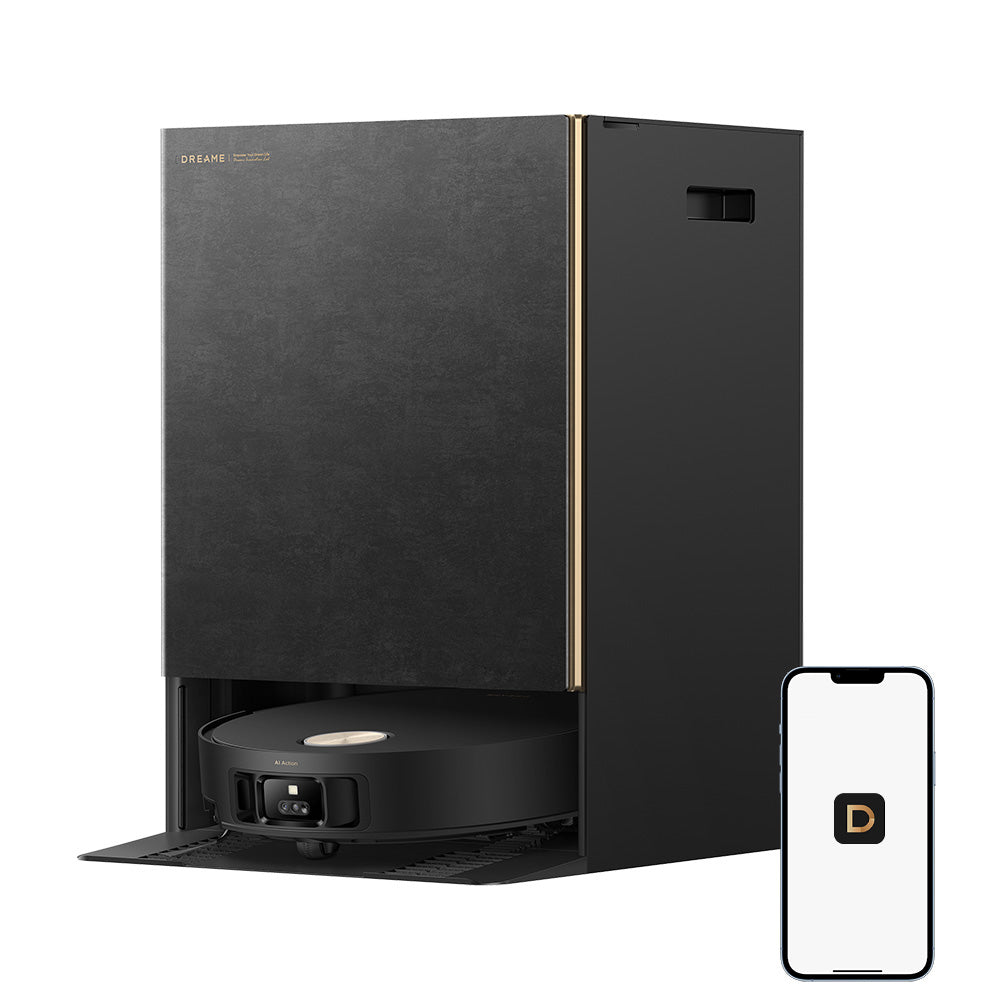
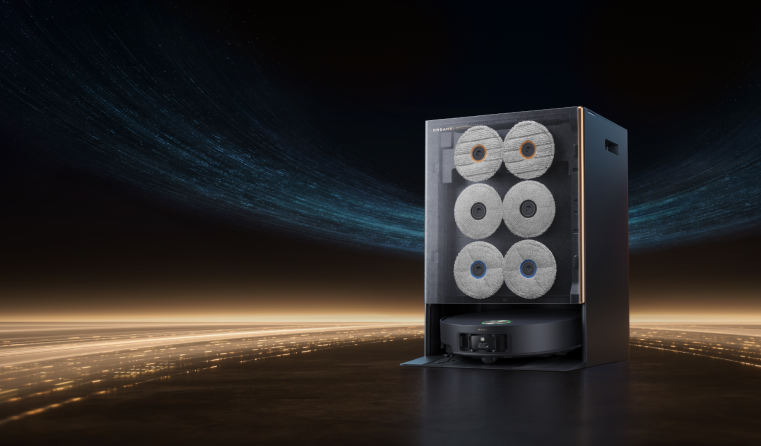
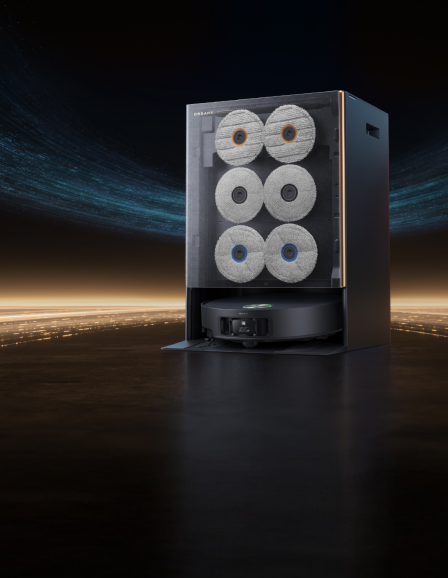
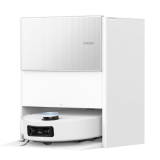
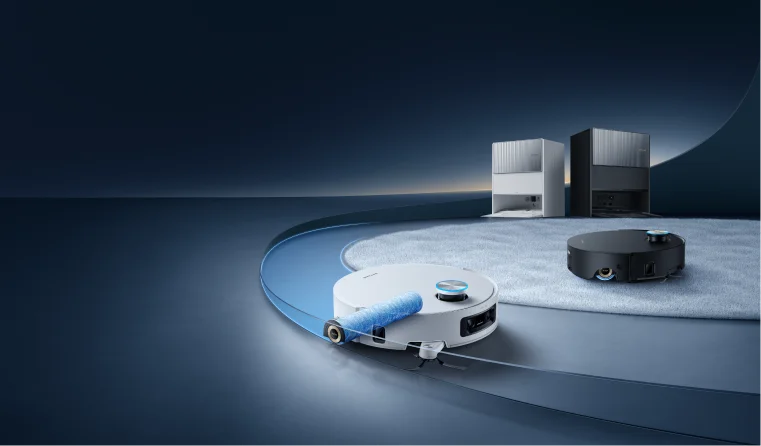
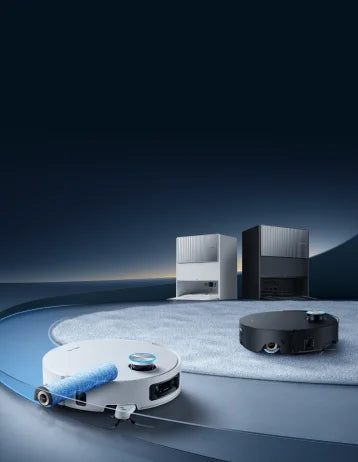
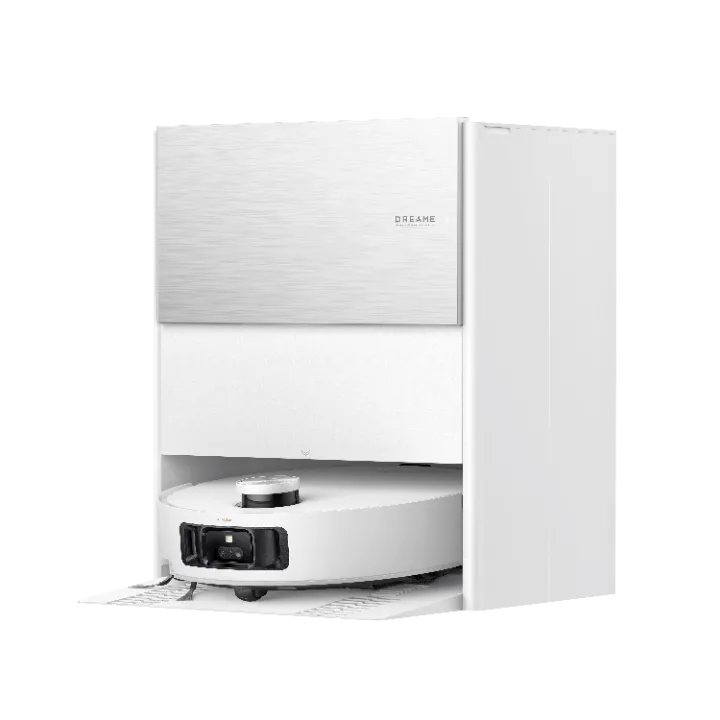
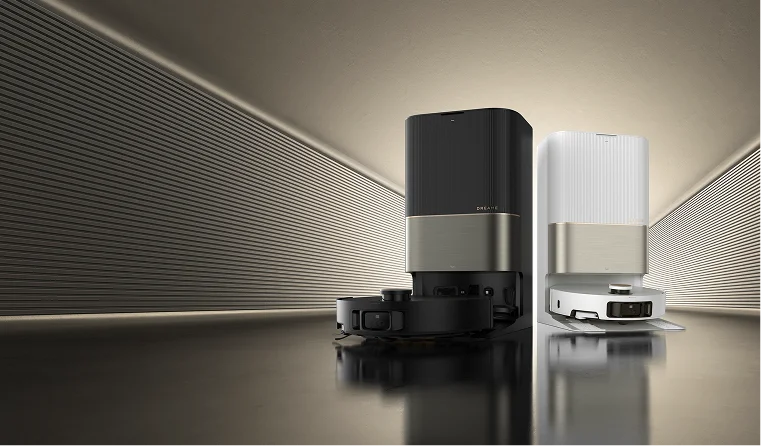
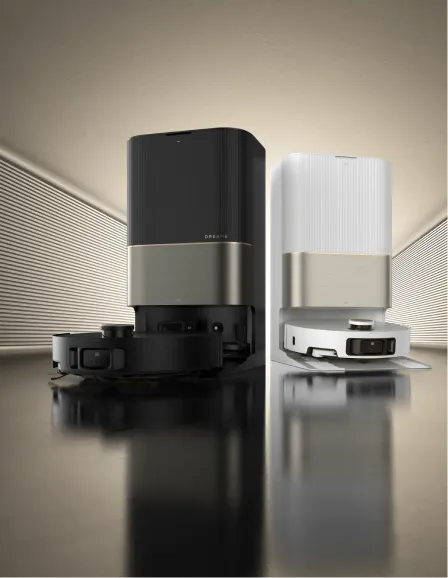
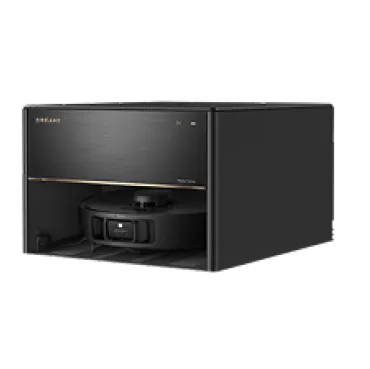
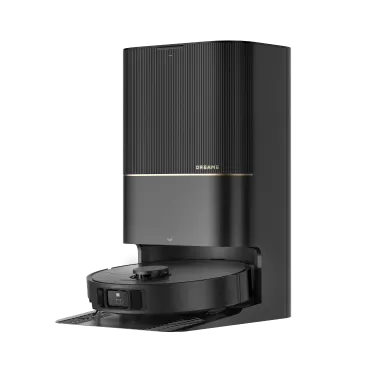
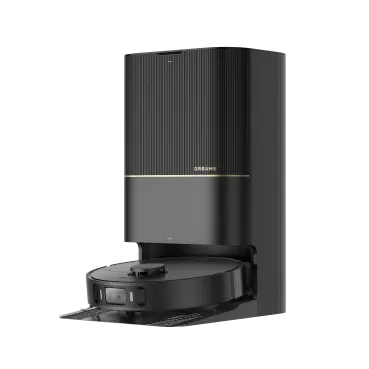
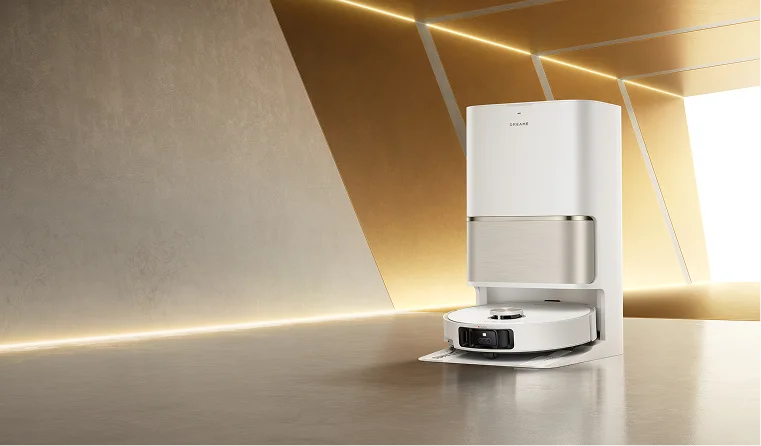
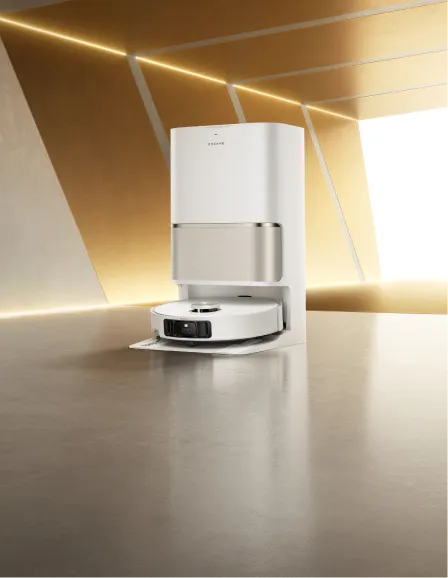
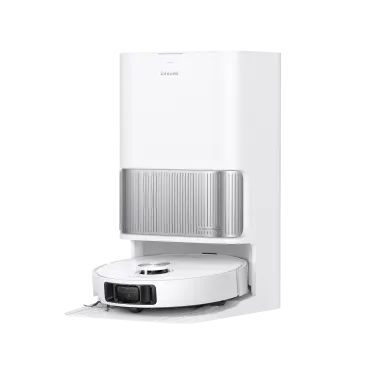
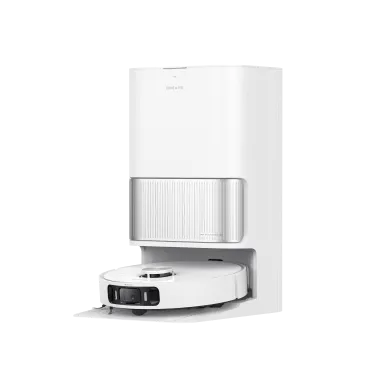
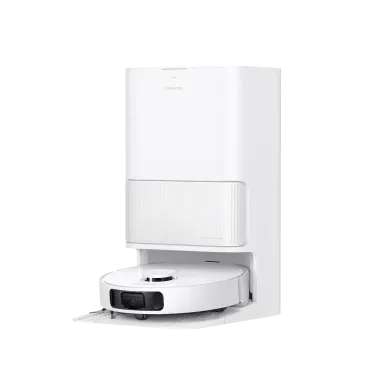
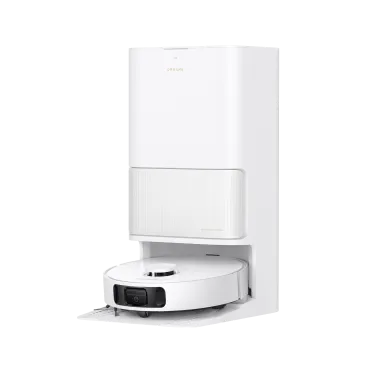
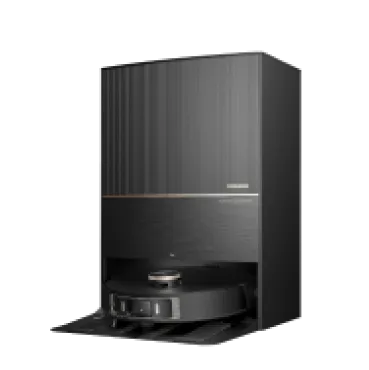
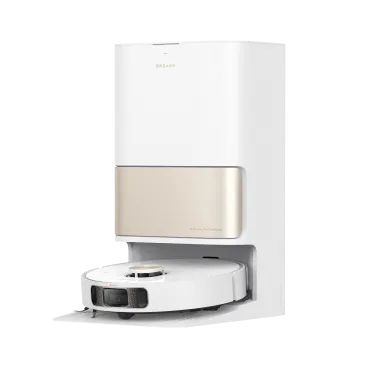
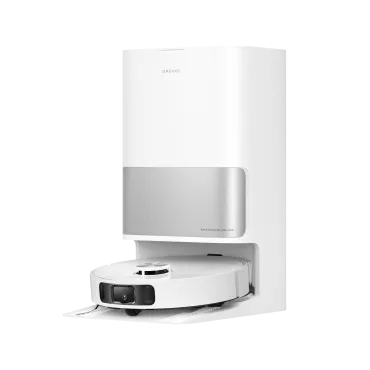
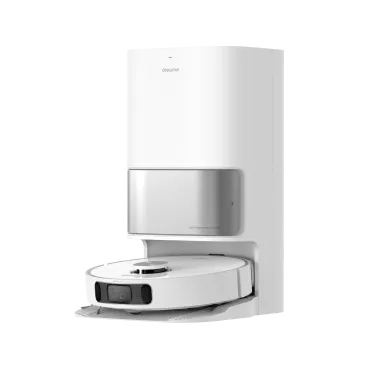
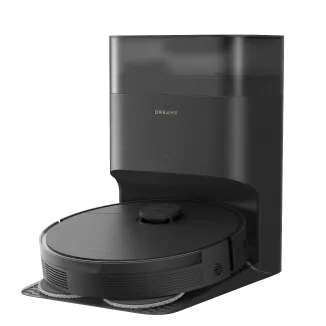
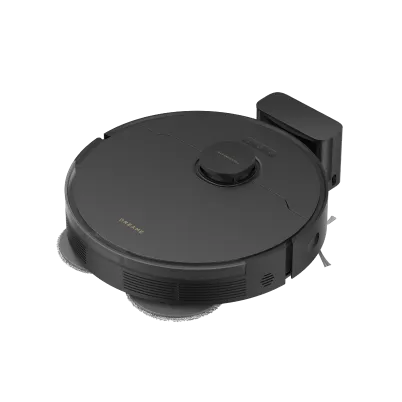
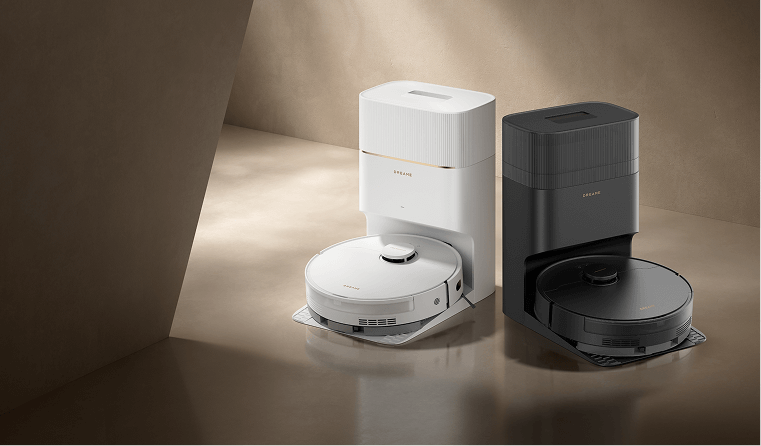
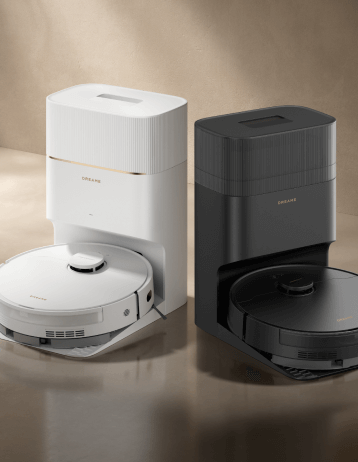
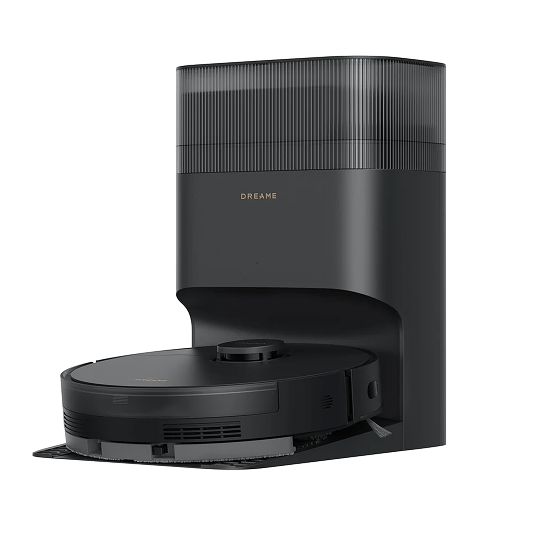
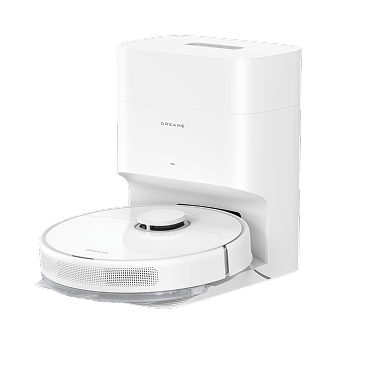
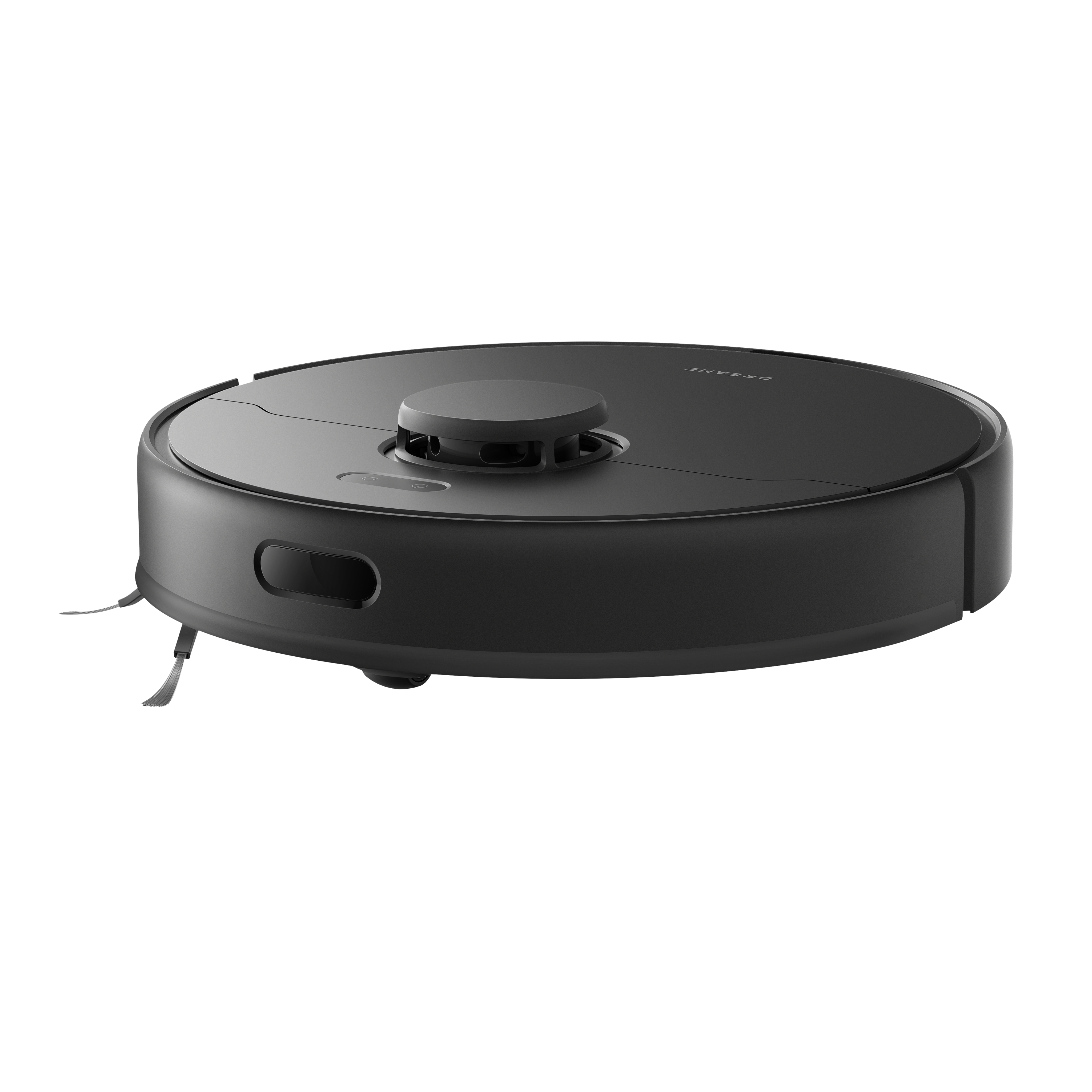
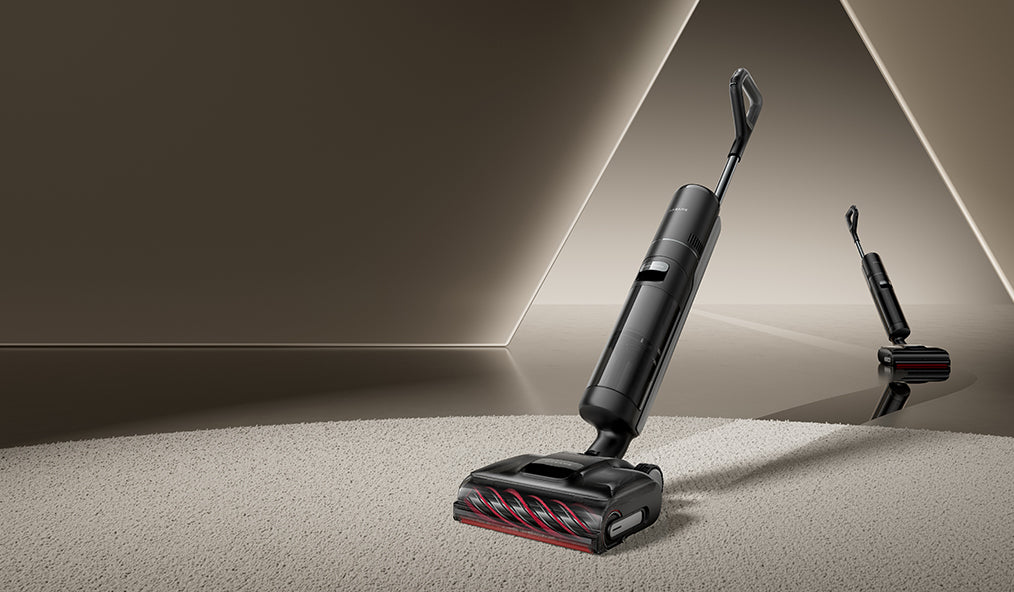
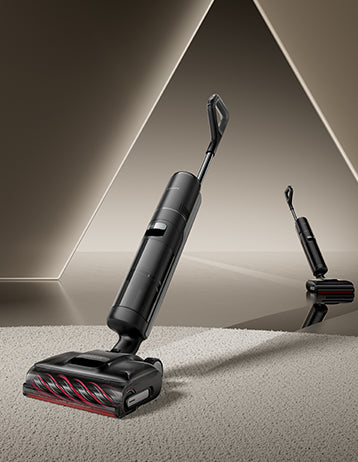
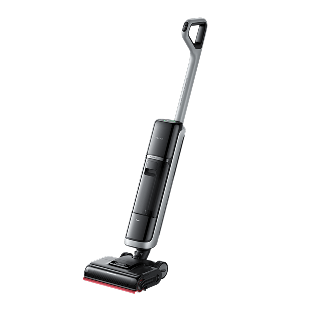
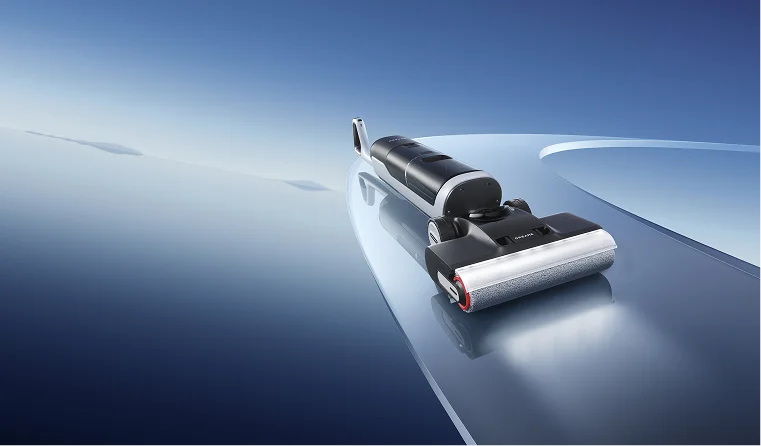
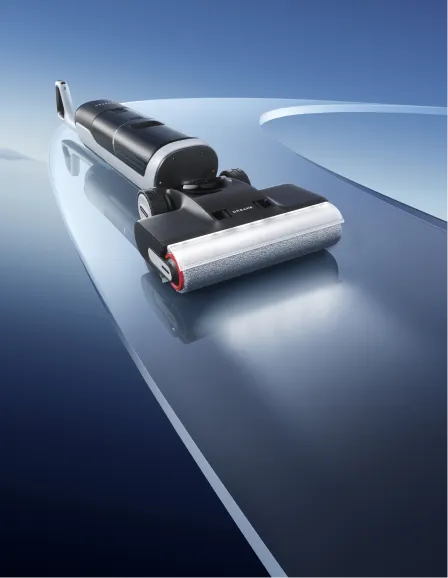
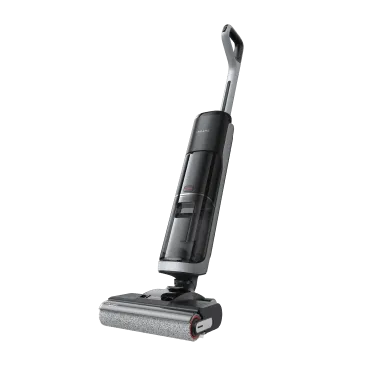
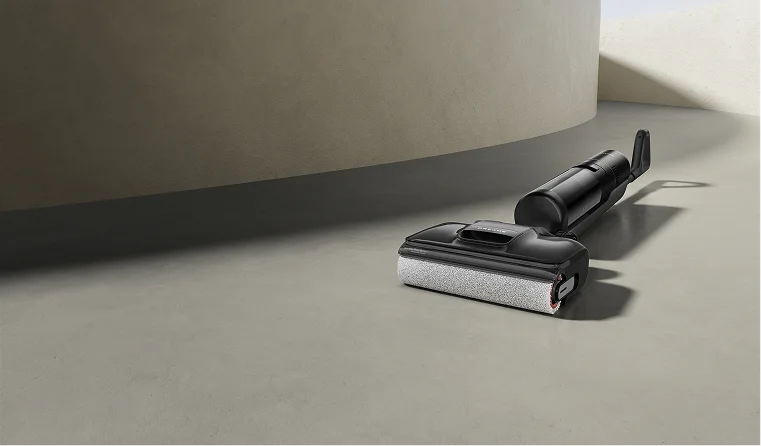
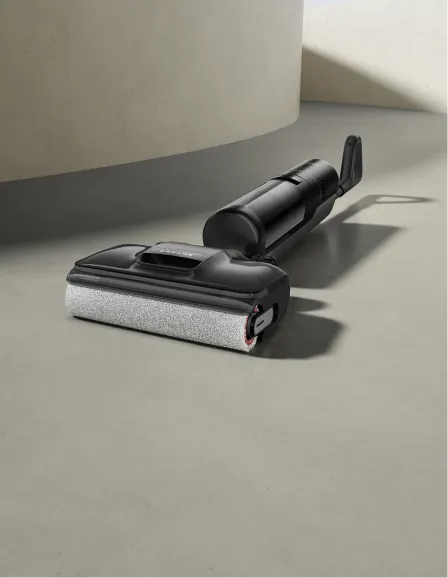
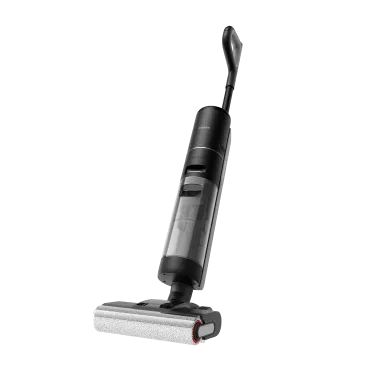
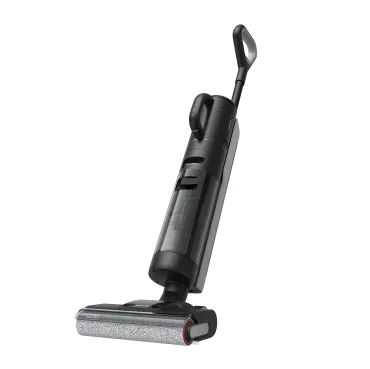
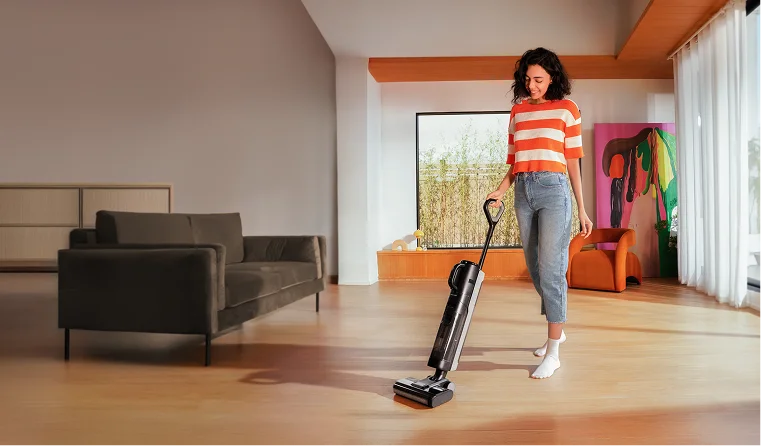
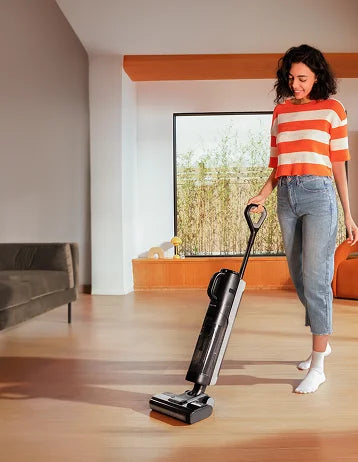
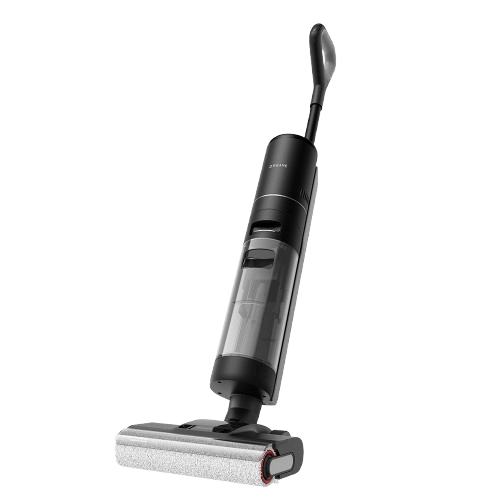
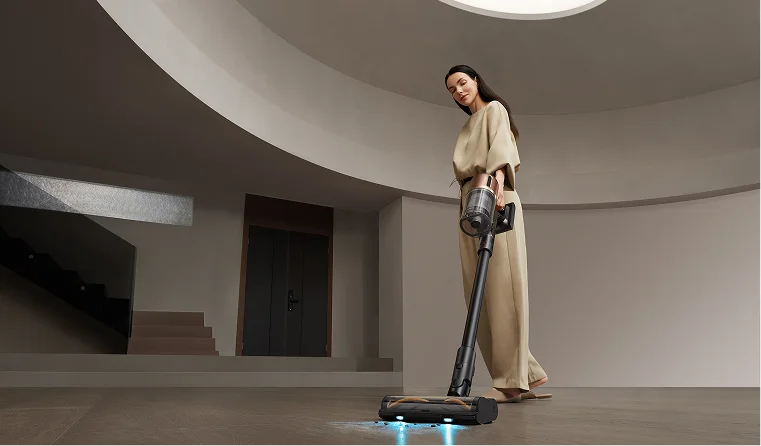
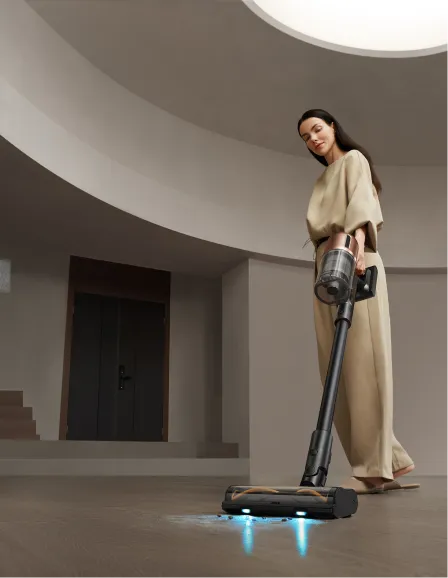
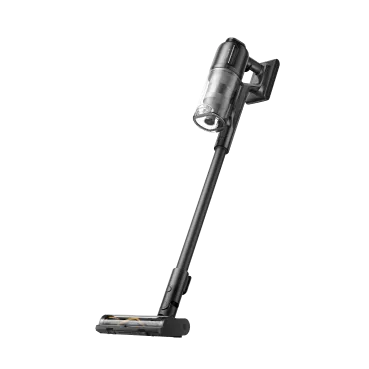
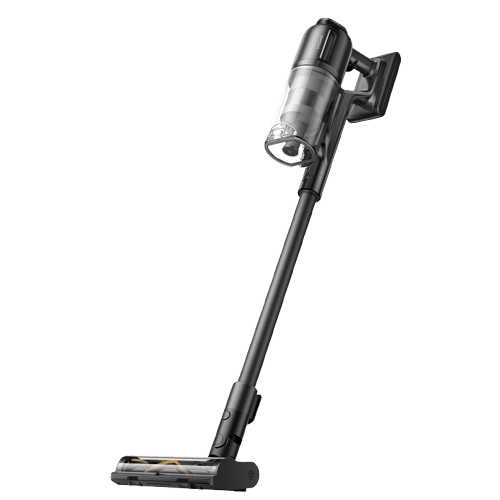
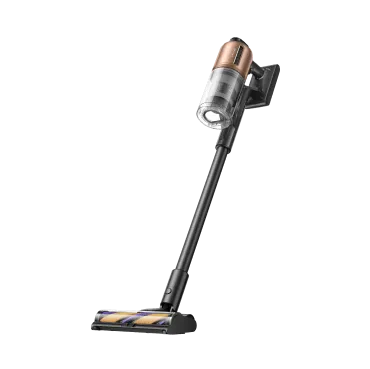
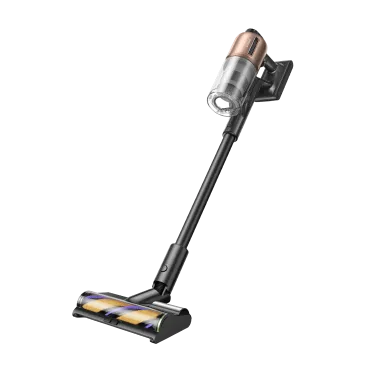
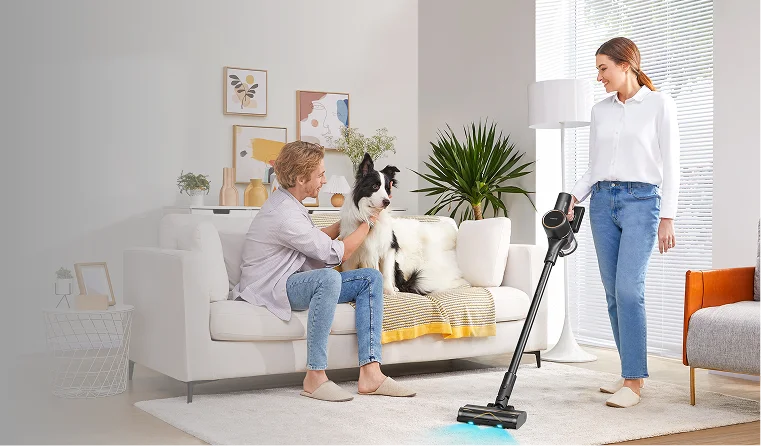
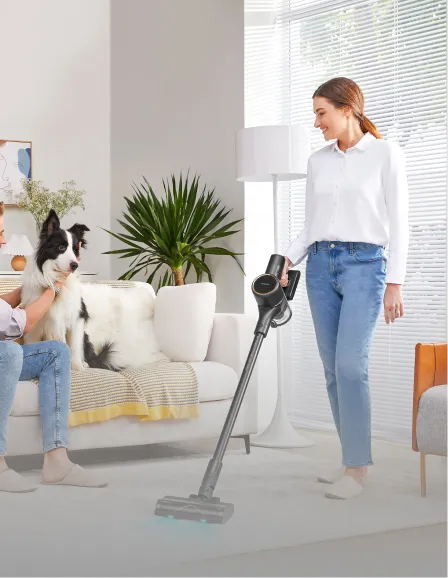
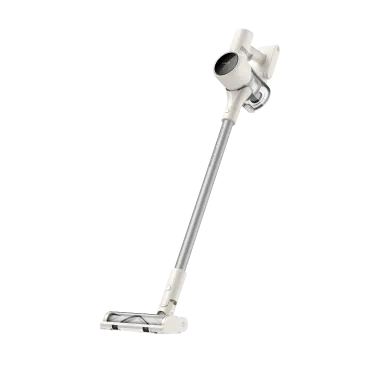
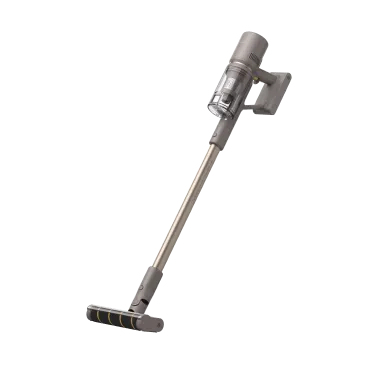
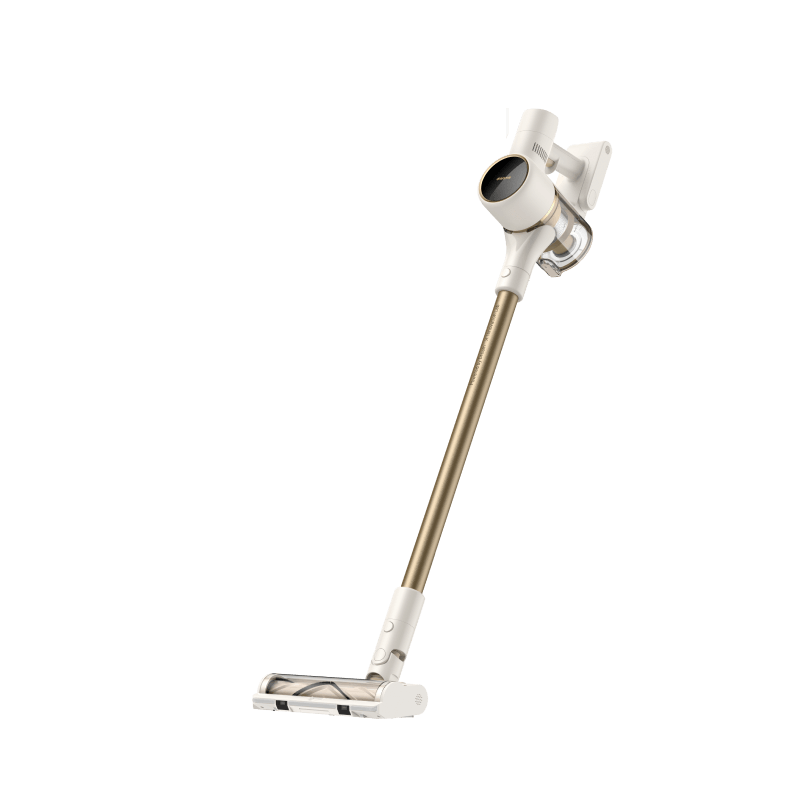
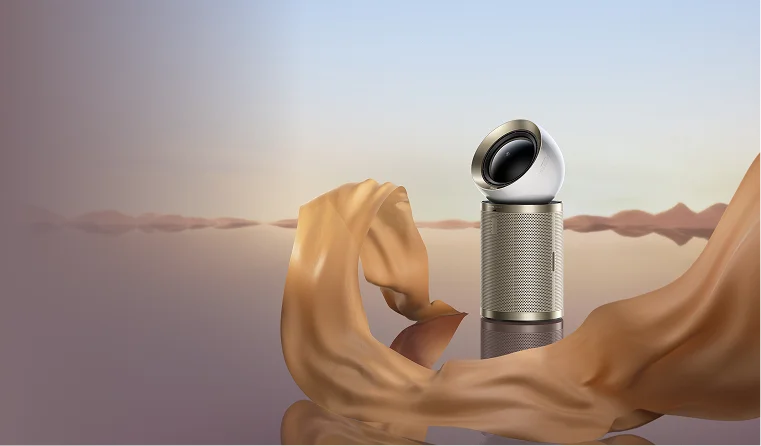
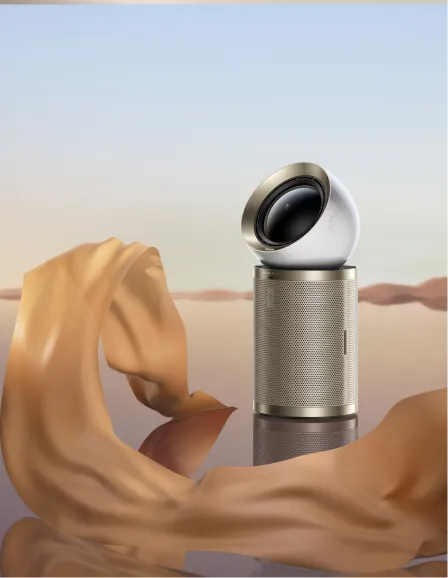
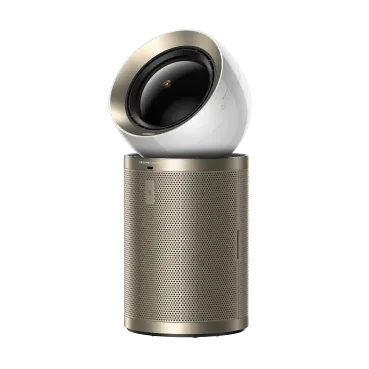
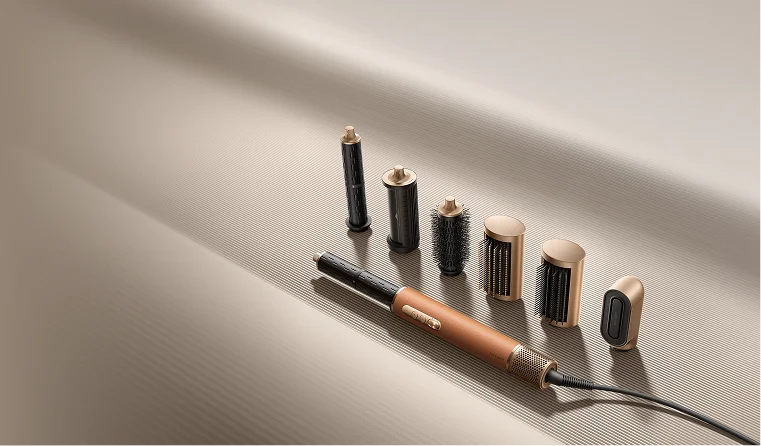
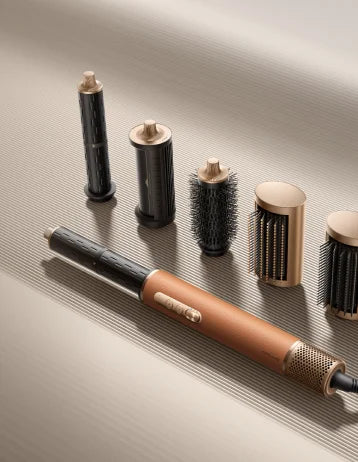
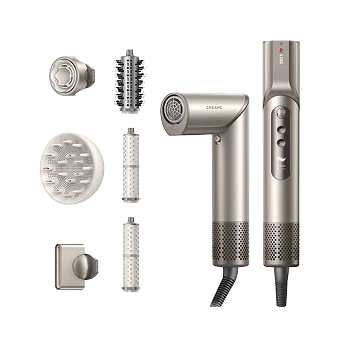
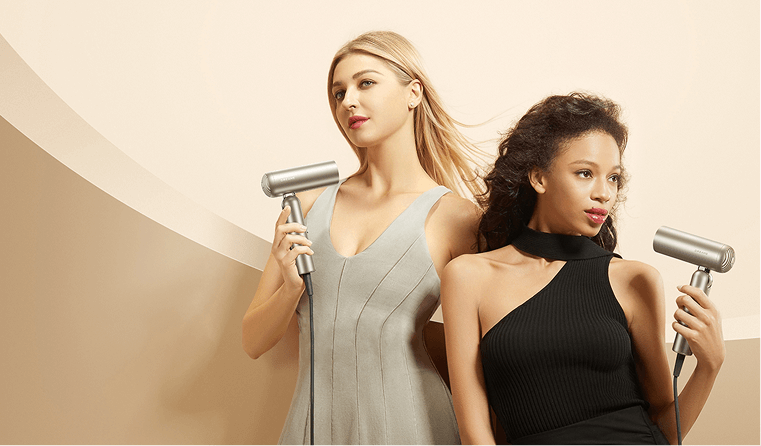
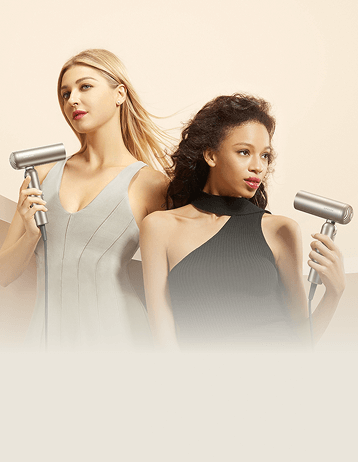
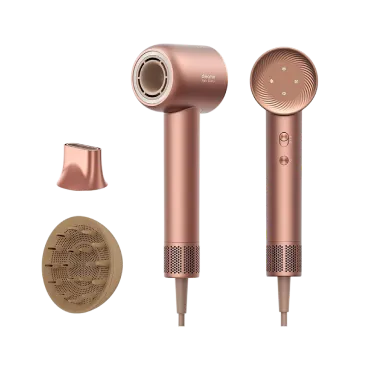
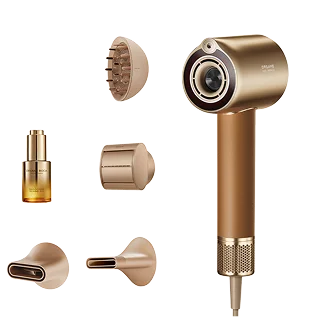
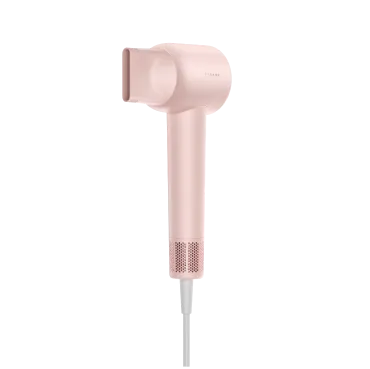


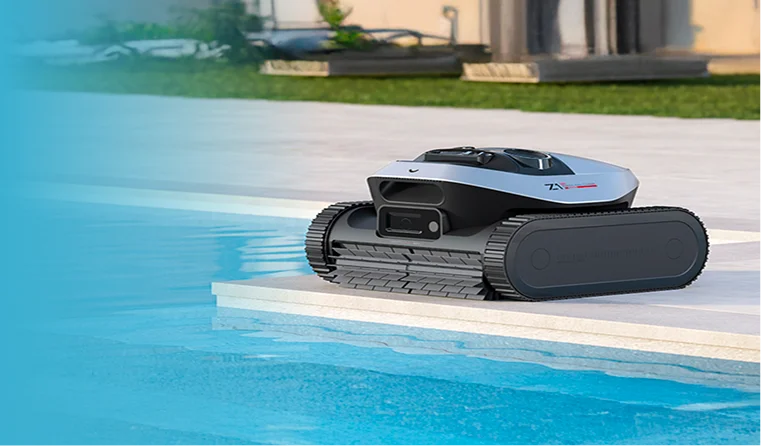
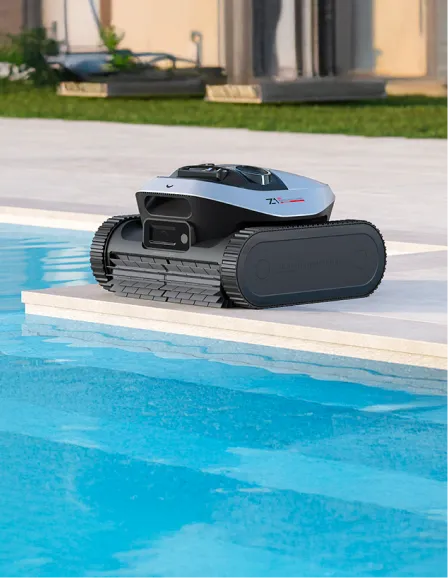
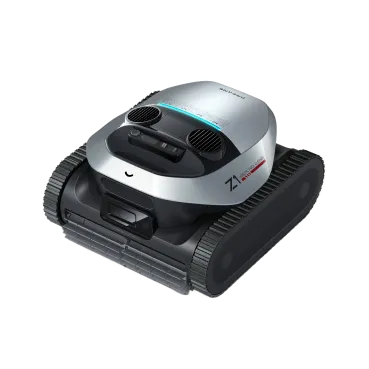
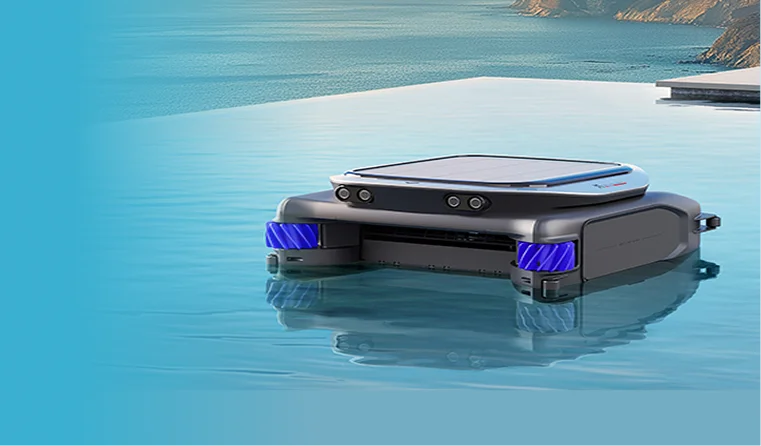
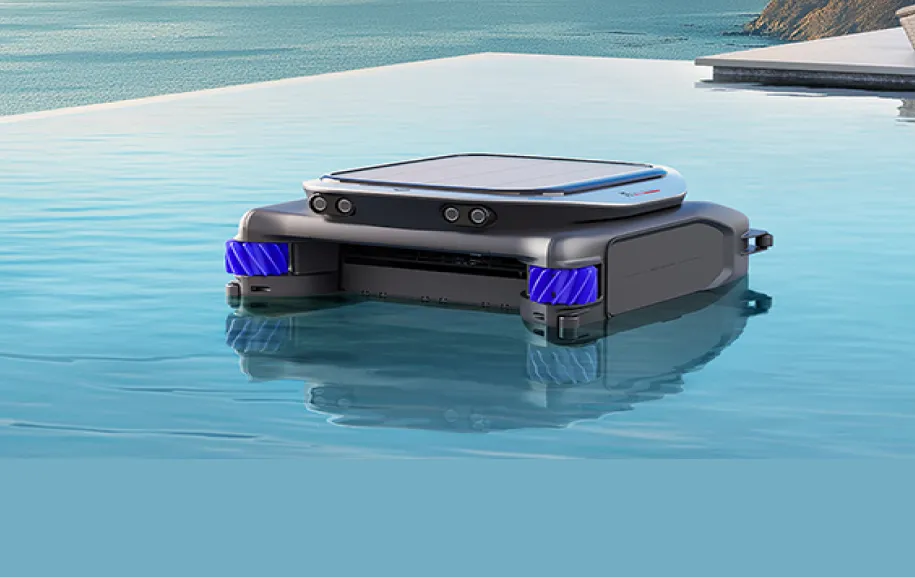










 Australia
Australia 中国大陆
中国大陆 日本
日本


 Türkiye
Türkiye


 Italia
Italia
 Netherlands
Netherlands Belgium
Belgium
 Greece
Greece Polska
Polska
 Norway
Norway
 Sweden
Sweden
 Finland
Finland
 Denmark
Denmark
 Hungary
Hungary Czechia
Czechia
 Slovenia
Slovenia
 Croatia
Croatia
 Switzerland
Switzerland United Kingdom
United Kingdom
 Canada
Canada


